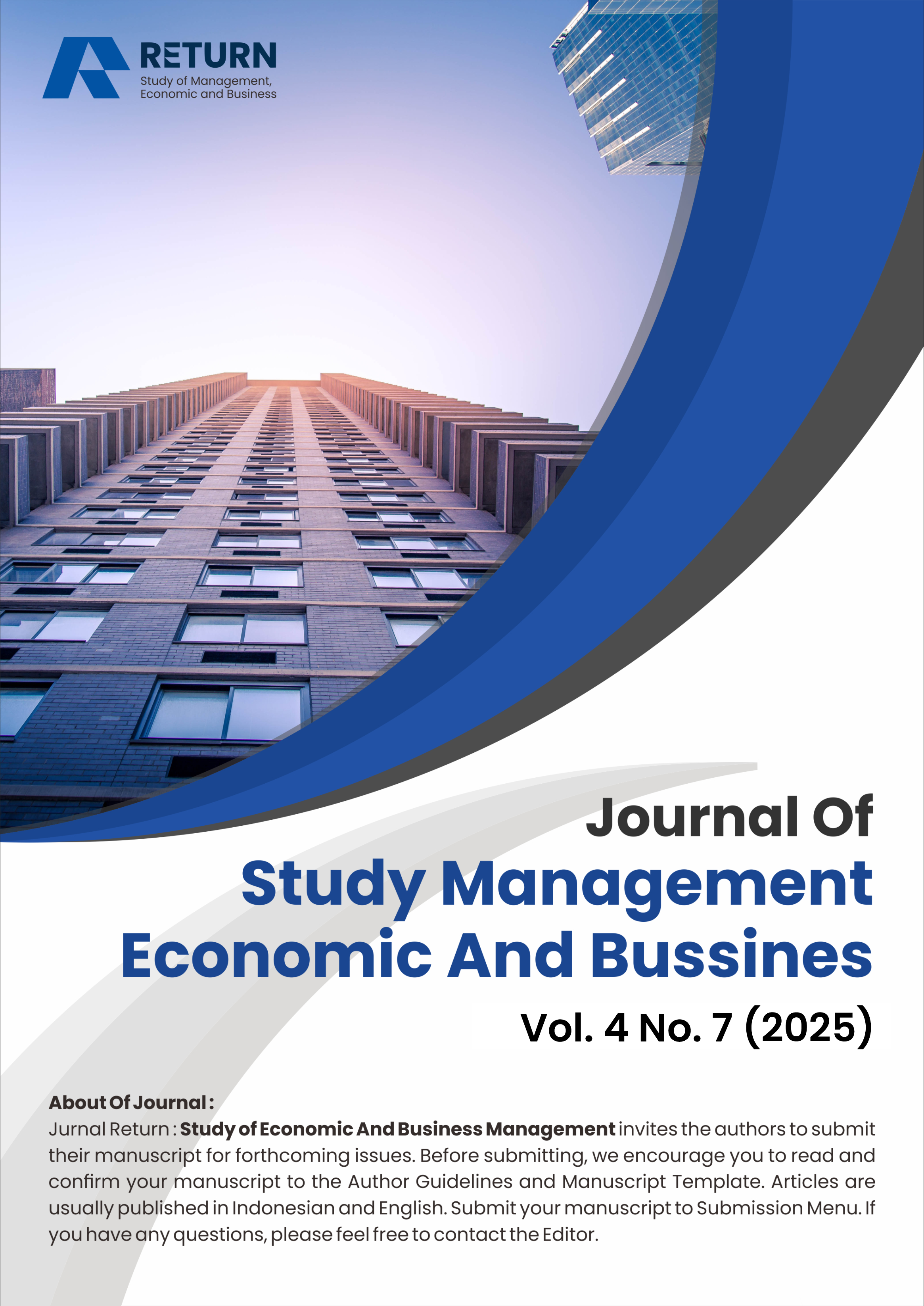Dynamic Capital Structure Adjustment in an Emerging Market: Asymmetric Responses, Macroeconomic Drivers, and COVID-19 Evidence from Indonesia’s Property Sector
DOI:
https://doi.org/10.57096/return.v4i7.380Keywords:
Capital structure, speed of adjustment, dynamic panel model, COVID-19, Indonesia, property sector, leverageAbstract
This study explores capital structure dynamic adjustment in Indonesia's property industry between slow and fast capital adjustments, using 42 listed firms as panel data from 2015 to 2024. By employing System GMM estimators and the threshold model to investigate the speed of adjustment (SOA) and the influence of macroeconomic variables and creditor behavior on leverage during the COVID-19 crisis. We identified a SOA moderately between 22–24% during normal conditions increasing to an SOA of dramatically to 44.5%, indicating considerable asymmetric adjustment behavior, during a dividend or issued-stock financing shift. The onset of COVID-19 temporarily increased leverage by a mean of 2.6 percentage points, which later returned to pre-crisis leverage paths over time. Interest rates emerged as a prominent macroeconomic variable, notably reducing leverage, with a distinctive role for the real estate sector in Indonesia, highlighting the sector's sensibility to monetary policy shifts. Overall, the results robustly confirmed both pecking order and trade-off theory, while also recognizing distinct institutional features of Indonesia's property market, including the relatively mute role of tangible collateral in financing decisions. The study provides useful empirical and practical insights for corporate managers making capital structure decisions in volatile emerging market environments and for policymakers considering stability-inducing interventions in capital-intensive sectors.
Downloads
Published
Issue
Section
License
Copyright (c) 2025 Reni Lestari, Lindsay Carnelian Emily

This work is licensed under a Creative Commons Attribution-ShareAlike 4.0 International License.







